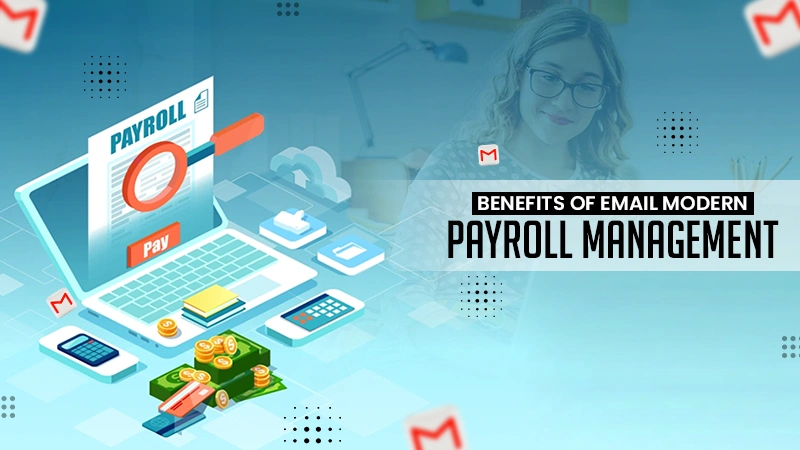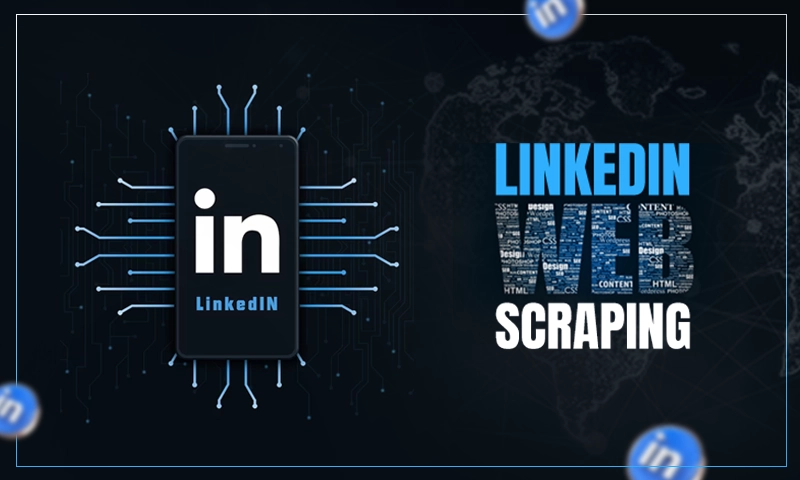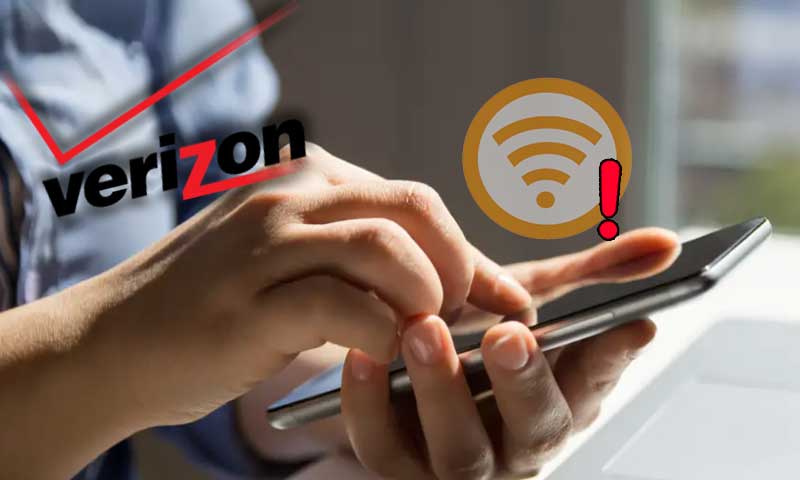Preventing Spoofing and Spam with a DMARC Record
There’s no running away from the fact that as we transition into the digital world, the chances of online fraud and thefts continue to rise. So, if you have been looking for some valuable information on preventing spam or spoofing with the DMARC record, you have come to the right spot. However, before we dig deeper into the crux of this discussion, it is crucial, to begin with, some important details.
As far as the DMARC is concerned, it is acknowledged as a standard method for email authentication. As the name implies, it prevents hackers and attackers from spoofing the organization’s domain. Spoofing itself is a form of an attack wherein the email message can be forged easily. Once a message is spoofed, it will appear as if it has been sent by a reputable organization.
Also Read: Preventing Spoofing and Spam with DMARC
What is a DMARC?
DMARC stands for domain-based message authentication and conformance. And is open to technical speculation, plus a free tool that is used to authenticate the veracity of the email by aligning it with the DKIM and SPF mechanisms. So, when you acquire a DMARC, it helps large and small businesses to fight phishing, spoofing, and email compromise.
Since large volumes of data are shared over emails, they need to be protected to the fullest. No wonder the use of DMARC records is all over the place and continues to be a massive tool for all the firms, regardless of their size. However, the right use of the DMARC record can either make or break your business.
How does DMARC Prevents Phishing and Spoofing?
Gone are the days when scammers would use their old tricks to penetrate your system. As the internet and technology have evolved with time, they are here to stay and can easily help a business thrive. Scammers will easily spoof your domain in no time and send fake messages that tarnish the reputation of your brand in the market. But a DMARC tells the receivers what to do when they receive such messages.
These messages will appear as a part of your organization but contain offbeat content. However, when such messages don’t meet the DMARC record, or we can say, if they don’t pass the authentication checks, they’ll be immediately discarded. Such messages aren’t authorized anyways and will be impersonating your firm with the utmost confidence.
Here’s how the DMARC is used with the two-way authentication method on the emails:
Sender Policy Framework
It allows the domain owner to check the IP addresses registered under the domain for email. And the receiving servers will verify such messages sent to them from a specific domain.
Domain Keys Identified Mail
This adds an advanced feature known as a digital signature to every message. Thus, this signature will be used to confirm the veracity of different messages or ones that were forged during the transit.
What is Spoofing?
As the name implies, such messages have always been used for malicious reasons. For instance, such messages will be used to tarnish the reputation of a certain employee or even send false information about harmful software. Plus, they’re also used for phishing scams that are all over the place. And if not underlined, spoofing will have a drastic impact on your organization.
Very often, scammers will form the messages as if they appear from a well reputable organization. So if the spammers use the organization’s name to send a fake message, people receiving these messages will quickly report them as spam.
And sometimes, if legitimate messages are painted the same way, the organization could lose its credibility. No wonder, the DMARC DNS records can help expand the horizons of the business without much effort.
Share





